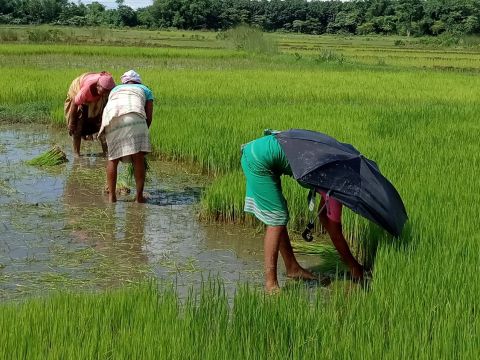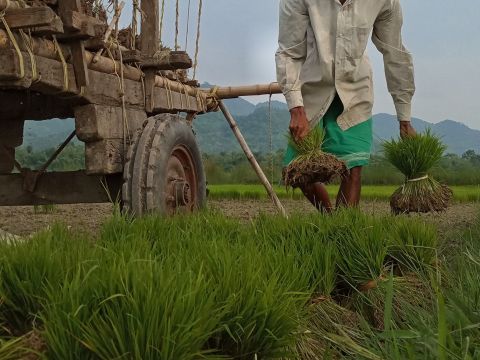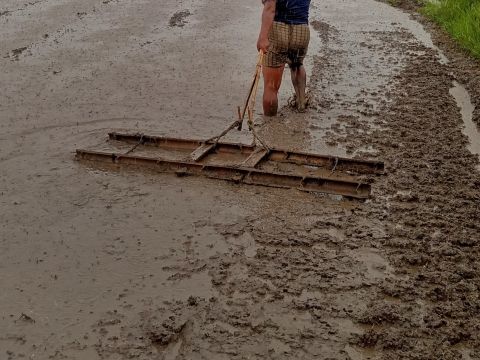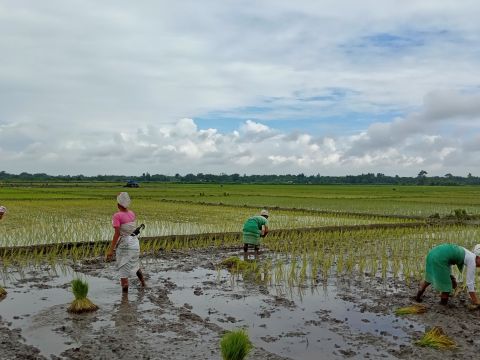Cultivating Rice in Covid-19 Times
COVID-19 is not the only challenge that common people across the world have been faced with. But there are places where this problem has been compounded due to other kinds of natural challenges felt locally. This has been particularly so in the state of Assam in India where annual flooding ravaged lives and livelihood. The worst hit have been the ones settled in low lying flood prone zones across the state, making it simply impossible for many to engage in cultivation of the staple food crop, rice.
The shortage of rice and other food items was though addressed during the early stage of the Pandemic by state government through supply of rice at Rs 1/- per KG in many parts, this proved to be a failure due to emergence of black marketing by retailers, middlemen and other such opportunity seekers.
The arrival of annual monsoon with much ferocity compounded the problem as farmers lost early crops grown mainly for self consumption and except for very few areas that remained relativesly less affected by flood, most were unable to begin cultivation on time.
The images here are from Chirang District of Assam where rice cultivation could take place precisely because of the availability of human resource within the family. Characteristically, it is the womenfolk who contribute the most in the plantation process, with men performing the conventionally assigned gendered role.
Photo Credit: Alongbar B, Chirang, Assam
Chirang District
Assam
India



